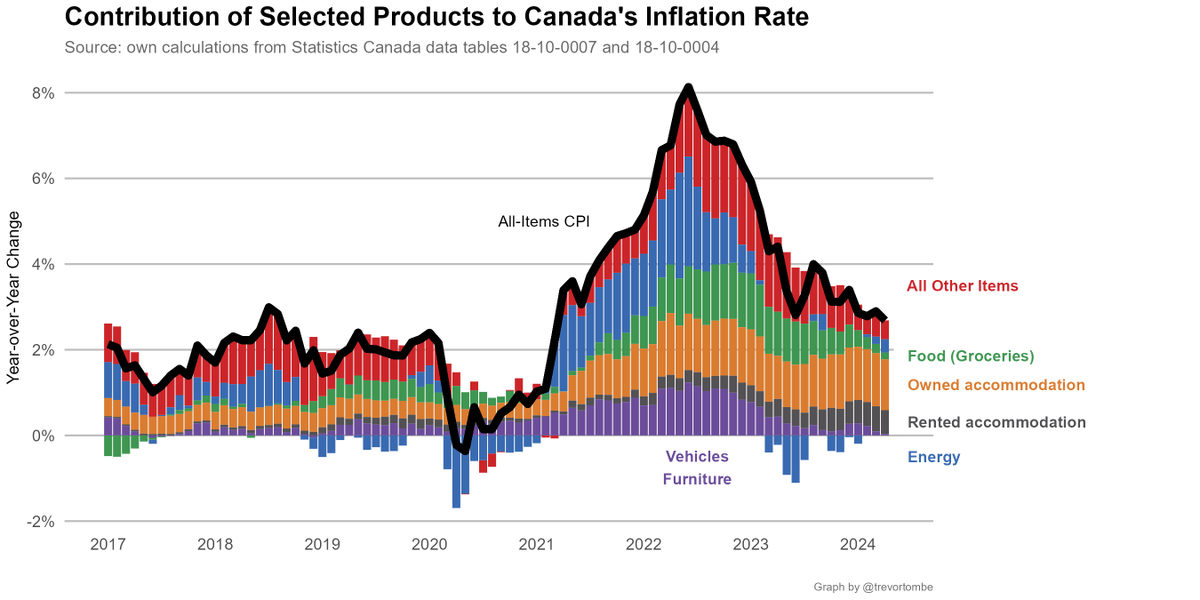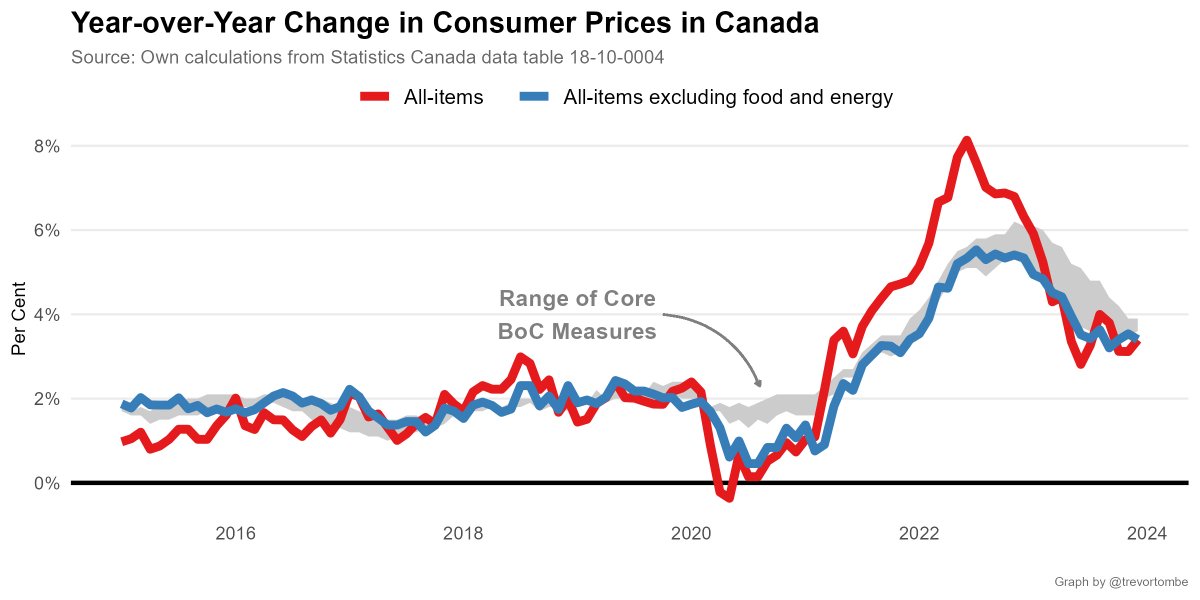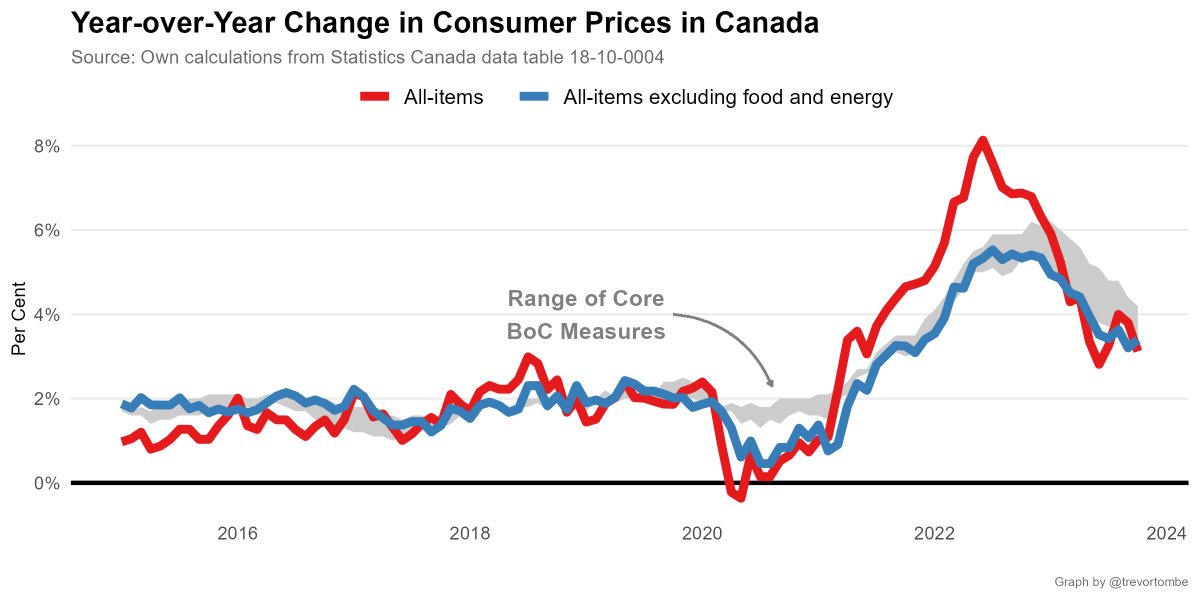Today's COVID vaccination update:
- Total shots given: 12,826,266
- Shots per 100 people: 33.7
- Shots reported today: 261,941
- Inventory: 5.7 days (at avg pace)
- Adults w/ 1+ Shots: 37.3%
Source: covid19tracker.ca/vaccinationtra…
- Total shots given: 12,826,266
- Shots per 100 people: 33.7
- Shots reported today: 261,941
- Inventory: 5.7 days (at avg pace)
- Adults w/ 1+ Shots: 37.3%
Source: covid19tracker.ca/vaccinationtra…

Canada is now up to 12.8 million shots given -- which is 88.5% of the total 14.5 million doses available. Over the past 7 days, 1,022,580 doses have been delivered to provinces.
And so far 1.1 million are fully vaccinated with two shots.
And so far 1.1 million are fully vaccinated with two shots.

Canada's pace of vaccination:
Today's 261,941 shots given compares to an average of 289,731/day over the past week and 271,326/day the week prior.
- Pace req'd for 2 doses to 75% of Canadians by Sept 30: 285,069
- At current avg pace, we reach 75% by Sep 27
Today's 261,941 shots given compares to an average of 289,731/day over the past week and 271,326/day the week prior.
- Pace req'd for 2 doses to 75% of Canadians by Sept 30: 285,069
- At current avg pace, we reach 75% by Sep 27

But recent federal modeling suggests health measures may potentially be safely eased once 75% of adults have at least one dose and 20% have two: canada.ca/content/dam/ph…
This would require ~30 million doses be administered. We're on pace for that by June 26.
This would require ~30 million doses be administered. We're on pace for that by June 26.

Turning to individual provinces, here's total shots given and share of delivered doses used.
- Most shots given: YT at 114 doses per 100 people
- Fewest: NS at 30
- Highest share of delivered doses used: SK with 97%
- Lowest: NU with 67%
- Most shots given: YT at 114 doses per 100 people
- Fewest: NS at 30
- Highest share of delivered doses used: SK with 97%
- Lowest: NU with 67%

A more detailed look at provs/terrs:
- Highest overall: YT at 61% receiving at least one shot
- Most 1st doses only: QC at 33% receiving that shot
- Most Fully Vaccinated: YT at 53%
- Fewest Vaccinated: PE at 25%
- Highest overall: YT at 61% receiving at least one shot
- Most 1st doses only: QC at 33% receiving that shot
- Most Fully Vaccinated: YT at 53%
- Fewest Vaccinated: PE at 25%

Looking forward, here's time to reach 75% of *adults* w/ 1+ doses based on the latest 7-day average daily pace.
- MB fastest at 37 days.
- PE slowest at 66 days.
- MB fastest at 37 days.
- PE slowest at 66 days.

How does Canada compare to others? Currently, Canada ranks 6th out of 37 OECD countries in terms of the share of the population that is at least partially vaccinated. In terms of total doses per 100, Canada is 6th.
Source: ourworldindata.org/covid-vaccinat…
Source: ourworldindata.org/covid-vaccinat…

Canada/US comparison:
- Highest Prov: QC, 33.8% of pop w/ at least one dose
- Lowest Prov: PE, 24.8
- Highest State: NH, 59.8
- Lowest State: MS, 30.7
- Top CDN Terr: YT, 61.3
- Top US Terr: PW, 67.3
Sources: covid.cdc.gov/covid-data-tra… and covid19tracker.ca/vaccinationtra…
- Highest Prov: QC, 33.8% of pop w/ at least one dose
- Lowest Prov: PE, 24.8
- Highest State: NH, 59.8
- Lowest State: MS, 30.7
- Top CDN Terr: YT, 61.3
- Top US Terr: PW, 67.3
Sources: covid.cdc.gov/covid-data-tra… and covid19tracker.ca/vaccinationtra…

At Canada's latest 7-day avg daily pace, the share of people w/ 1 or more doses rises by 0.72% per day. The US rises by 0.35% per day.
- Projected out, we reach 75% 29 days before the US.
- We match the US share in 33 days.
- Reaching the current US share takes 17 days.
- Projected out, we reach 75% 29 days before the US.
- We match the US share in 33 days.
- Reaching the current US share takes 17 days.
But that's 1+ doses, here's a comparison of daily shots given per 100 people. In Canada, this rises by 0.76 per day. The US rises by 0.80 per day.
- Projected out, we reach 100 doses 50 days after the US.
- Reaching the current US rate takes 48 days.
- Projected out, we reach 100 doses 50 days after the US.
- Reaching the current US rate takes 48 days.

Finally, here's a selection across several metrics/groups of how Canada ranks globally. Pick your preferred measure! 

• • •
Missing some Tweet in this thread? You can try to
force a refresh


















